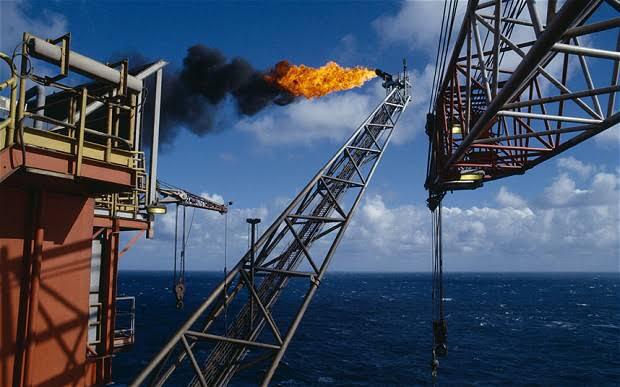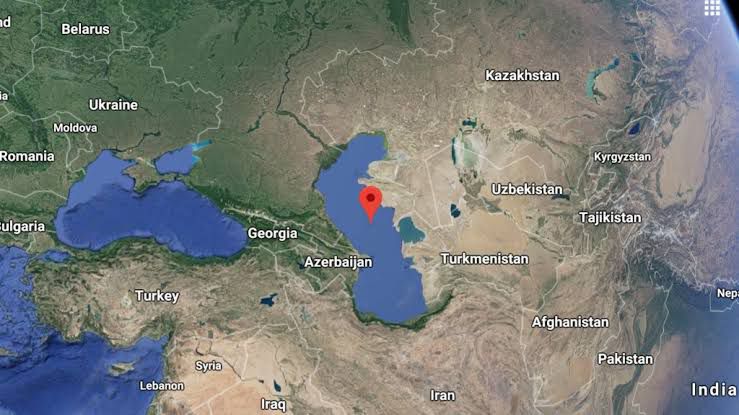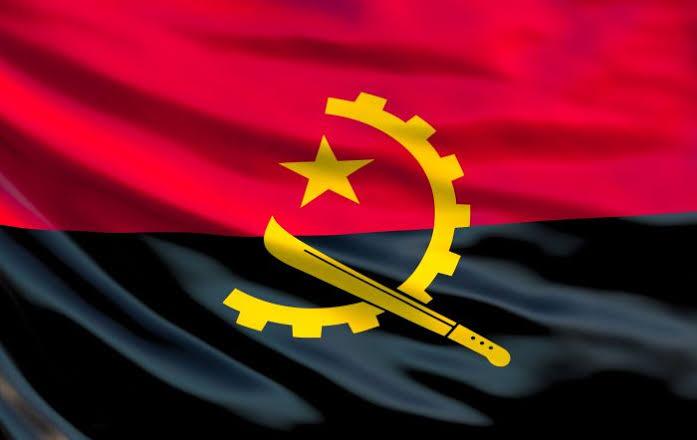The five largest oil production companies in the world collectively cut their asset value by almost $50 billion in the second quarter of 2020. They also slashed production rates due to the unprojected drop in fuel prices globally, fuel supply and fuel demand.
This is due to the impact of the COVID-19 pandemic on the global oil and gas market. The five majors are Chevron Corp, Royal Dutch Shell, Total SA, Exxon Mobil and BP. They also cut capital expenditures by a combined $25 billion between the quarters.
The reduction is a reflection of the effect of the pandemic in the second quarter of the year. The market is yet to recover to its pre-pandemic state and is predicted by some analysts to remain the same until at least 2021.
Of the five companies, only Exxon Mobil did not take a huge cut, but an ongoing re-evaluation of its plans may lead to a huge part of its assets being impaired and will lead to the elimination of 20% or 4.4 billion barrels of oil and gas reserves. Exxon is the largest producer of the five majors with a daily output of 3.64 million barrels of equivalent per day (boepd), but its production rate dropped to 408,000 boepd between the first and second quarters.
BP took a $17 billion hit with the company announcing its plan to shift its main spending focus from oil and natural gas to renewables in the coming years. The London-based company has earlier announced its plans to cut its overall output by 1 million barrels of oil equivalent per day (boepd) from its current 3.6 million boepd by the end of 2030.
Several executives are said to have taken pay cuts as demand is expected to remain impaired for many more quarters due to travel restrictions and less usage of fuel.
Lee Maginnis, managing director at consultants Alarez & Marsal, said the weak demands means oil producers must restrategise business plans to pump only what generates cash above overhead costs.
He said, “It’s low-cost production mode through the end of 2021 for sure, and to 2022 to the extent there are new development plans being contemplated.”



